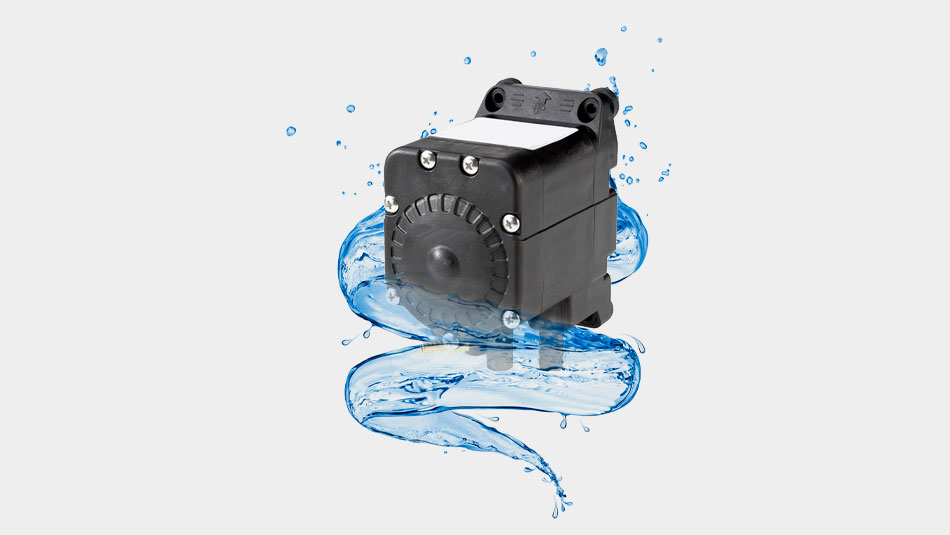Using solids-handling industrial pumps for the transfer of effluents

Everything you need to know about the use of solids-handling industrial pumps for the transfer of effluents
The installation of a lifting pump for water containing particles requires a pumping system that is capable of accepting the passage of more or less voluminous particles without blocking or clogging the pump. Certain water pumps are suitable to lift and evacuate effluents. They offer very satisfactory performance. An update on these tools.
Need advice?
Our team of experts is here to help you.
You can contact us via a simple click:
Presentation of industrial solids-handling water pumps
First, it is necessary to clearly define the meaning of effluent. This is solids-laden water containing particles of different sizes and characteristics. The effluent can thus be a liquid that is viscous, pasty, fibrous, etc.
For example, runoff water may contain mud and stringy products. Wastewater accumulates various types of waste.
Self-priming centrifugal pumps
Used with solids-laden effluents, self-priming centrifugal pumps are especially used to pump water on construction sites: these are lifting pumps or pumps for water treatment and purification.
In certain industrial applications, they enable the treatment of the water in basins or lagoons containing sand or gravel. They are also used to drain reservoirs.
To pump muddy or sandy water, to drain excavations, to lift water or to evacuate rainwater in case of flooding, the PC-AL pump accepts a particle diameter of 8.5 mm. This site pump is ideal for intensive use.
In agriculture, it is also used to lift white and green water. Breeders install them on their farms as washing stations to clean stables.
This type of pump withstands hot effluent temperatures. It is ideal for the management of liquid cattle or pig manure. Depending on the animals, the liquids contain more or less straw. It is then possible to consider a separator, a chopper pump, a manure mixer or a vertical pump.
For irrigation, this watering pump should only be considered if the water is pumped from a shallow depth. The maximum suction height of the borehole must not exceed 6 metres.
Displacement pumps
They should be preferred when the effluent is highly viscous. Indeed, these pumps are not sensitive to the variations in discharge pressure that a thick liquid can exert. They thus enable the transfer of a precise volume at a constant flow rate.
See our series of bronze body helical screw pumps: MO-B-44, MO-B-45, MO-B-44C1, MO-B-44C2.
Our electric pumps are extensively used in the maritime industry for the transfer of waste tanks aboard vessels, the evacuation of wastewater from toilets, as well as other liquids containing solids.
What factors should be considered when choosing a pump?
For water containing particles, the pumping systems must withstand the suction of debris without blocking the pump and damaging its operation. This could cause a deterioration of the flow rate and performance.
To correctly determine which pump is suitable for your application, you must first precisely define the nature of the particles present in the effluent, including their size and type.
It is also important to take the temperature into account. If the temperature is too high, the pump loses its suction capacity.
Other criteria should also be considered: the resistance to corrosion, the pump's priming capacity, the need for a dry operation phase, the choice of rotation speed and the flow rate.
The pump technology thus depends above all on your usage.
Another element is essential: industrial effluent pumps must be easy to use, maintain and clean.
Centrifugal pumps, installed exterior to the lifting zone, have the advantage of being constantly accessible. This facilitates their maintenance. To prevent clogging, some of these pumps have a strainer or self-cleaning wear plate. For example, our JET..S self-priming electric pump range possesses an inspection cover to facilitate cleaning.
Another advantage is that these lifting pumps can be installed a little further away on the exact zone of operation.
It is important to measure the discharge and suction height to determine the length and heights of the hoses of your installation as well as their diameter. If the suction height exceeds 5 metres, we recommend you consider a submersible pump.
